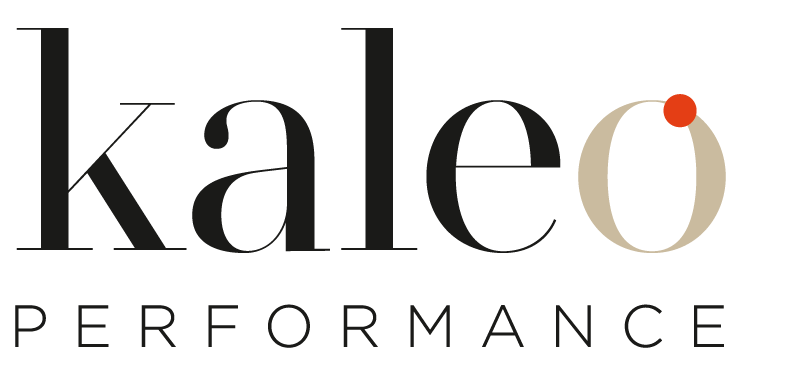Empty shelves and broken promises? The relentless pursuit of cost savings through outsourcing has left many companies dangerously exposed. Learn how value chain integration can unlock resilience, innovation, and long-term profitability.
I. Introduction
• A stark reality: I worked for a company that suffered severe consequences due to value chain disruptions (the COVID-related supply chain issues). During the height of the pandemic this once-dominant player in the industry faced a brutal reality: our shelves were empty, and our customers and partners were furious. A strategic decision to outsource nearly every aspect of our value chain had backfired spectacularly
• The Core Problem: For decades, Western companies have chased cost savings by relentlessly outsourcing key functions of their value chains. While this approach appeared to boost short-term profits, it has left many businesses dangerously exposed and vulnerable in today’s uncertain world.
• In conclusion: It’s time for a paradigm shift. Companies must recognize that value chain integration, not mere cost reduction, is the key to long-term resilience, competitiveness, and profitability. This article will explore the dangers of unchecked outsourcing, illustrate the benefits of value chain control, and offer a roadmap for companies to reclaim their strategic advantage.
Remember the empty shelves? This isn’t just a logistical problem. It’s a strategic one
II. The Outsourcing Trap: A Race to the Bottom:
• The Lure of Cost Savings: Explain the initial appeal of outsourcing: reduced labour costs, access to specialized expertise, economies of scale, limit headcount in the book for the stock market.
• The Erosion of Know-How: loss of internal expertise, reduced innovation, diminished control over quality. “When you outsource core competencies, you outsource your future.”
• The Dependency Dilemma: the risks of becoming overly reliant on suppliers, especially when those suppliers also serve your competitors. “By relinquishing control over critical parts of their value chain, companies unwittingly hand over their strategic advantage to their suppliers.”
• My Personal Experience: I witnessed this firsthand. Decision to outsource manufacturing seemed logical on paper, promising significant cost savings. However, it led to a gradual erosion of our internal expertise, a weakened supply chain, and ultimately, our vulnerability to external shocks like the COVID-19 pandemic. When we needed Intel’s support, we discovered that we were no longer their direct customer, leaving us completely exposed and unable to serve our client’s needs.
The power shift: our fate was in the hands of a third-party manufacturer, who had their own priorities and loyalties. We had essentially lost control of our own destiny.
III. The Value Chain Advantage: Control, Resilience, and Innovation:
• Defining Value Chain Analysis: this is a systematic examination of all the activities a company undertakes to deliver a product or service to market, from raw materials to end-customer.
• The Power of Integration: benefits of integrating key parts of the value chain:
* Enhanced Control: Greater control over quality, costs, and delivery times.
* Improved Resilience: Ability to withstand disruptions and adapt to changing market conditions.
* Faster Innovation: Closer collaboration between different parts of the value chain, leading to more rapid innovation.
* Greater Profitability: Optimization of costs and margins across the entire value chain.
• The BYD success story. BYD, the Chinese electric car giant, is a prime example of the power of value chain integration. Unlike many Western automakers who rely heavily on external suppliers, BYD has invested heavily in owning and controlling its entire value chain. BYD controls every step of its value chain. It manufactures its own batteries, produces its own cathode materials and precursors, refines the metal, and has investments in mining operations. The company aims to completely master its value chain and be independent from external suppliers for its material needs.
This value chain is fostered by the strategy of an entire eco system at country level. For the past 20 years, BYD has been investing heavily in mines and metals to secure mineral deposits around the world. In the realm of critical materials, China refines 70% to 90% of the world’s critical materials that supply strategic value chains. For example, 75% of the world’s refined nickel is refined under the leadership of China. The United States has become aware of this situation
• Business continuity plan: How value chain can mitigate risk and the importance for each company to test on regular basis
IV. A Roadmap for Reclaiming Your Value Chain:
• Step 1: Conduct a Thorough Value Chain Analysis: “The first step is to map out your entire value chain and identify your core competencies and strategic vulnerabilities. What activities are critical to your competitive advantage? Where are you most exposed to disruption?”
• Step 2: Identify Critical Activities for Re-Integration: Focus on activities that are both strategically important and vulnerable to external shocks. This might include manufacturing, R&D, key component sourcing, or customer service.
• Step 3: Develop a Re-Integration Strategy: This could involve bringing activities back in-house, forming strategic partnerships with key suppliers, or investing in new technologies to improve efficiency and control. It might also require changes to your organizational structure and culture.
• Step 4: Invest in Talent and Technology: Rebuilding internal capabilities requires investing in training, recruitment, and technology. You may need to acquire new skills and expertise to manage the re-integrated value chain effectively
• Step 5: Business continuity plan and testing: Every company should have a business continuity plan in place and do regular test with different scenarios like weather incident, terrorism, disease …
V. Call to Action & Invitation:
• Urgency: The time to act is now. In a world of increasing volatility and uncertainty, companies that fail to take control of their value chains will be left behind.
Value chain analysis and integration can be complex and challenging. Value chain analysis and integration can be complex and challenging, and I’ve seen firsthand the impact it can have on a company’s success. If you’re grappling with these challenges and exploring ways to strengthen your value chain, I’d be happy to share insights based on my experiences
VI. Conclusion
Don’t let your company’s destiny be determined by external forces. Take control of your value chain and build a future of sustainable success.

